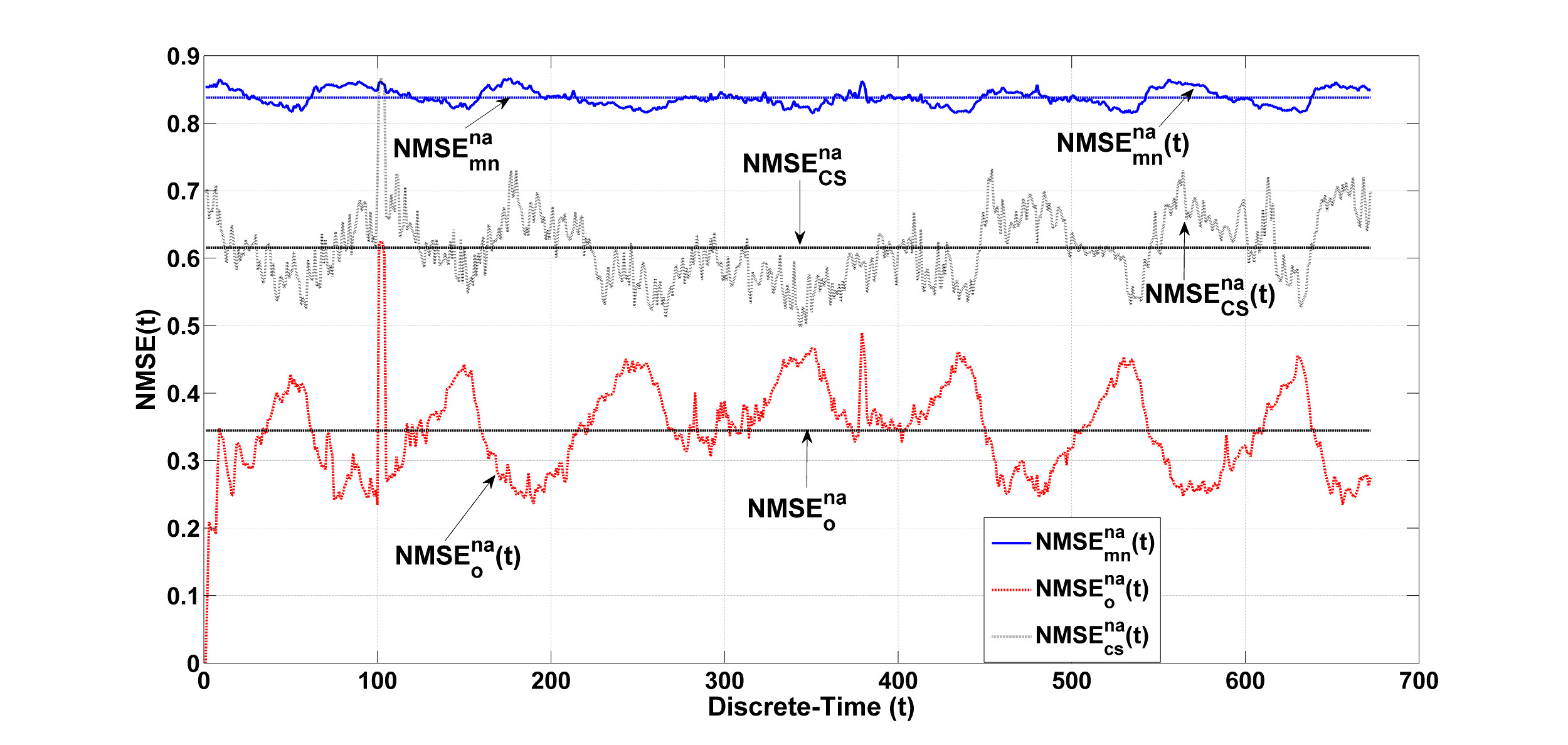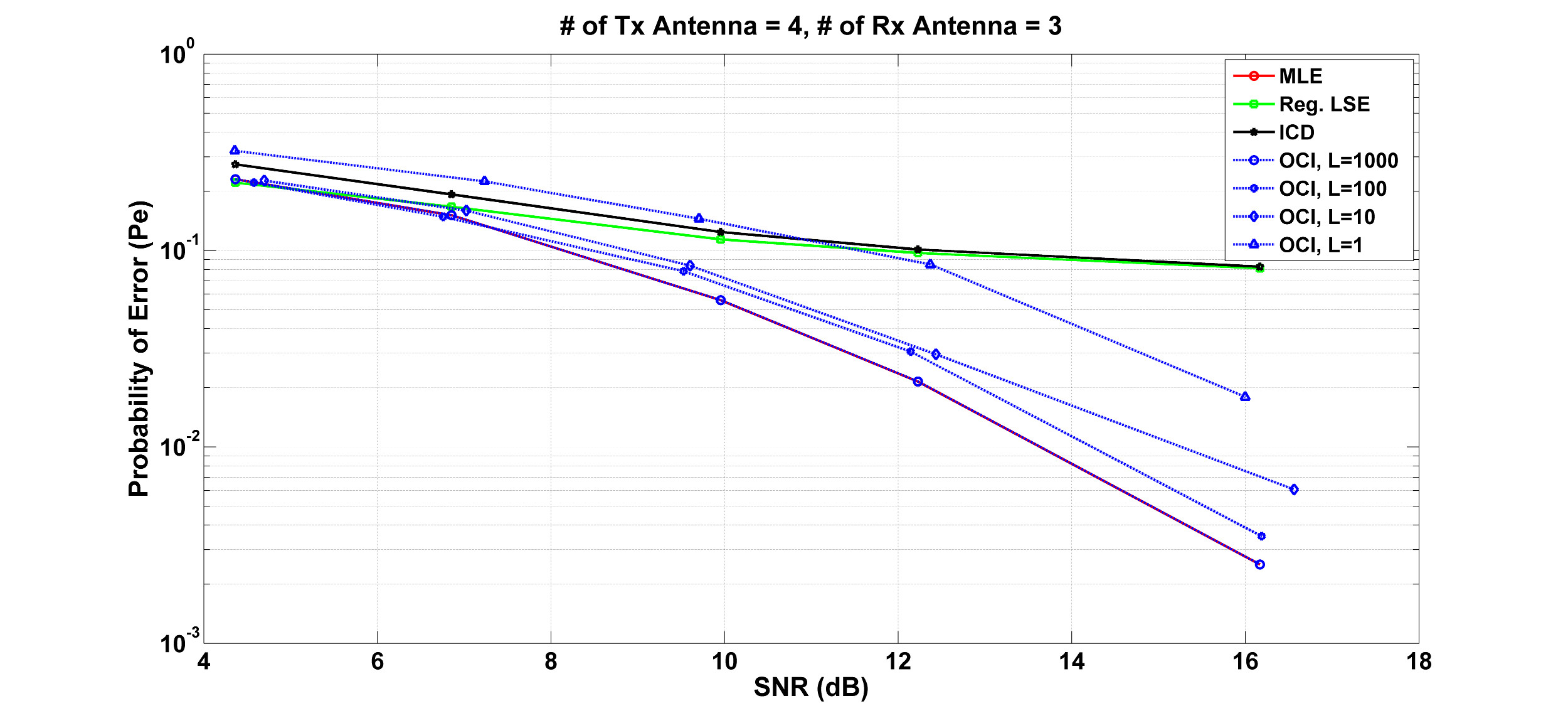Optimcoin Description
Many problems in different areas of applied mathematics/statistics, physics and engineering are formulated as Under-Determined Linear Inverse (UDLI) problems. Optimal Coherent Inference (OCI) is an innovative technique and a patented technology for solving Under-Determined Linear Inverse (UDLI) problems in dynamic environments. The OCI provides accurate estimates for the unknowns of interest in underdetermined inverse problems that are robust against measurement noises and interferences.
We have successfully applied the principles of OCI in network monitoring and under-determined MIMO communication systems.
Traffic matrix estimation in software defined networks
Figure 1 shows the performance of our OCI based framework for traffic matrix estimation in software defined networks where we compare the performance of our OCI based traffic matrix estimation technique with the minimum-norm and compressed sensing estimation techniques. It is clear that the OCI technique significantly reduces the normalized mean square estimation (NMSE) compared to the minimum-norm and compressed sensing estimation techniques.
Figure 1: The comparison between the NMSE of 3 different traffic matrix estimation techniques including the minimum-norm (denoted by mn) estimation technique, the compressed sensing estimation technique (denoted by CS) and the OCI technique (denoted by O). In this figure, “na” denotes the notion of non-adaptive. We have also developed an adaptive OCI technique for traffic matrix estimation in software defined networks.

OCI based receiver for under-determined MIMO communication systems
Figure 2 also compares the performances of 4 different techniques for symbol detection in under-determined MIMO communication systems including: a) the Maximum Likelihood Estimator (MLE); 2) Regularized Least Square Estimator (Reg-LSE); 3) Inverse Channel Detector (ICD), and 4) Optimal Coherent Inference (OCI) technique. It is clear that OCI outperforms the performance of Reg-LSE and ICD techniques and asymptotically reaches the optimal MLE performance as the duration of the learning interval (L) is increased. Note that, the OCI achieves such a performance without the perfect knowledge of channel H, while MLE, Reg-LSE and ICD assume channel matrix H is completely known.
Figure 2: The comparison between 4 different techniques for symbol detection in under-determined MIMO communication systems.

Currently, we are in the process of extending the applications of OCI in machine learning applications such as medical image classification.